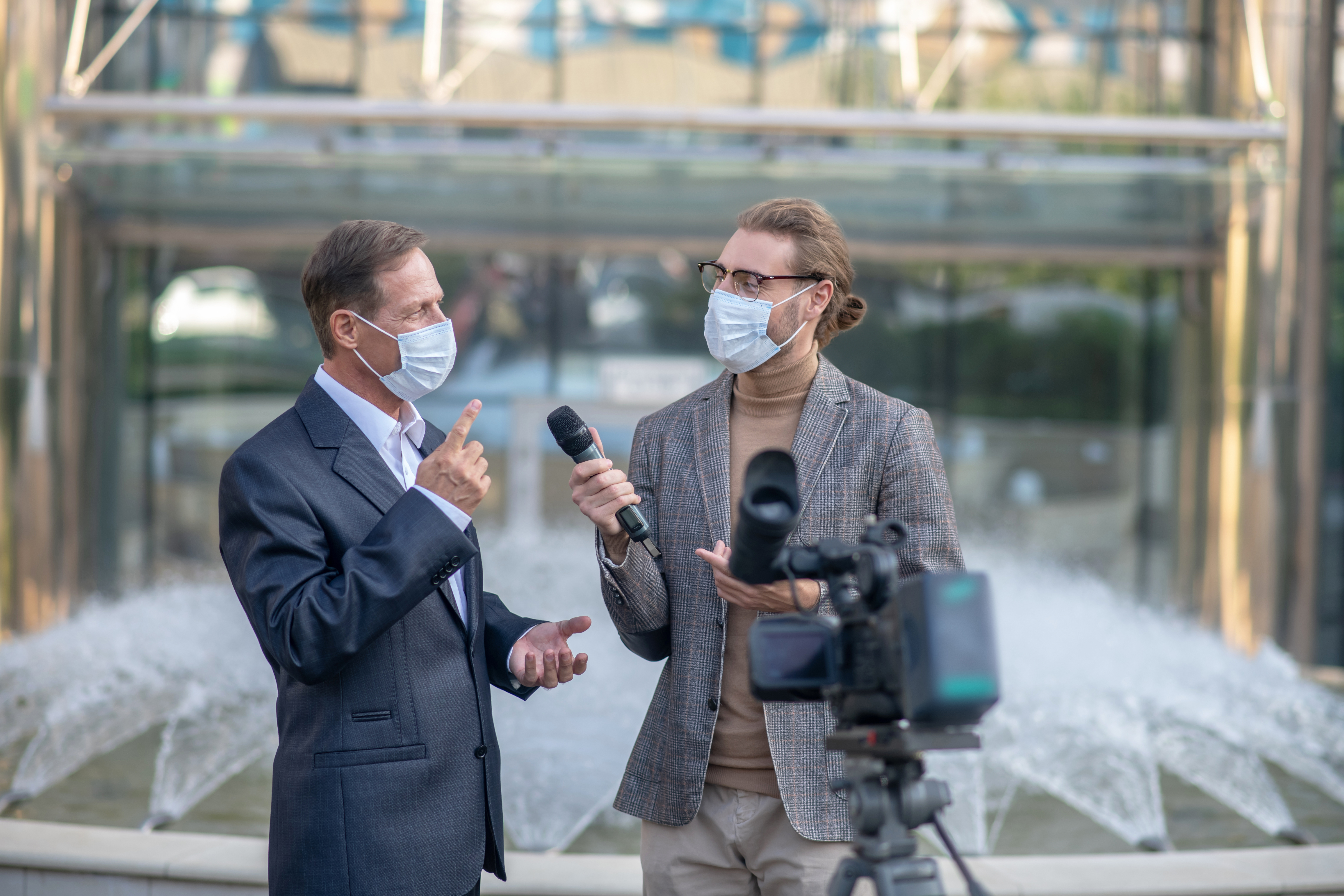In a new peer-reviewed paper in the American Journal of Public Health, physician and researcher Emmy Betz, MD, MPH, leads a diverse group in tackling how words used in relation to firearm injuries and deaths can impact prevention of firearm injury.
Betz is a professor of emergency medicine in the University of Colorado School of Medicine and epidemiology in the Colorado School of Public Health on the University of Colorado Anschutz Medical Campus, where she leads the Firearm Injury Prevention Initiative.
“Using mutual and effective language around firearm injuries and deaths across fields, disciplines and cultures with tailored messaging when appropriate can help the country shift harmful narratives in public policy and media and move the needle towards preventing firearm injuries,” said Betz.
The paper was co-written by Betz and leaders from diverse organizations, including the American Foundation for Suicide Prevention, Health Alliance for Violence Intervention, AFFIRM at the Aspen Institute and the Second Amendment Organization. The group presents culturally respectful language related to firearms, suicide by firearms and violence involving firearms to help guide conversations with the goal of helping to prevent firearm involved injuries and deaths.
They write, “We seek to encourage public health professionals, health care providers and researchers — including those working in health policy— to use shared, informed, non-judgmental language as a critical first step in creating trust and sustainable collaboration.”
Shifting harmful narratives
“Words are powerful tools for healing or harm, particularly for Black and Brown communities disproportionately impacted by community violence in this country,” said Fatimah Loren Dreier, executive director of the Health Alliance for Violence Intervention. “As we discuss in this paper, it’s important to avoid language that perpetuates harmful stereotypes or re-victimizes communities already traumatized by racism and high rates of violence. Instead, we invite readers to use language to create opportunities for connection and transformation."
The paper also discusses how injury prevention conversations led by clinicians or public health officials should include an acknowledgment of the strong sense of personal responsibility and commitment to safety common among gun owners. The authors suggest certain terms, as well as an approach that encourages autonomous decision making, such as providing options when discussing safe storage choices with firearm owners.
"As a clinician and public communicator, I've seen first-hand the power of words to do good - and to harm. We hope that this paper will help more of us move the discussion forward on firearm injury prevention," said Megan L. Ranney, MD, MPH, associate dean, School of Public Health, Brown University.
The language used in firearm discussions matters
Another significant topic discussed is messaging and words around suicide prevention. For example, they explain why it’s important to use “died by suicide” versus “committed suicide,” and discuss other terms that should be used. The paper also details responses to community violence and prioritizing the needs of victims over interrogation, and recognition of and attention to the complex factors that increase risk of community firearm violence.
“With over half of people in the U.S. having experienced the loss of someone to suicide, it is important to use language that is respectful and compassionate. It’s hard enough to feel that life is not worth living or to have lost someone and it is important to avoid judgmental language,” said Jill Harkavy-Friedman, PhD, vice president of research, the American Foundation for Suicide Prevention.
Rob Pincus, executive vice president, the Second Amendment Organization, adds in reference to this article, “I was proud to be invited to contribute to this paper. I think it is vital that anyone wanting to reduce negative outcomes involving firearms collaborate with responsible gun owners and our industry.”
The authors conclude, “Talking about firearm injury prevention, suicide and community violence can be difficult, and the language we use matters in how messages are received and in whether stereotypes or stigmas are perpetuated. Mutual understanding of language may help clinicians, researchers and the public better work together to prevent firearm injuries and deaths.”
The paper can be accessed here.




